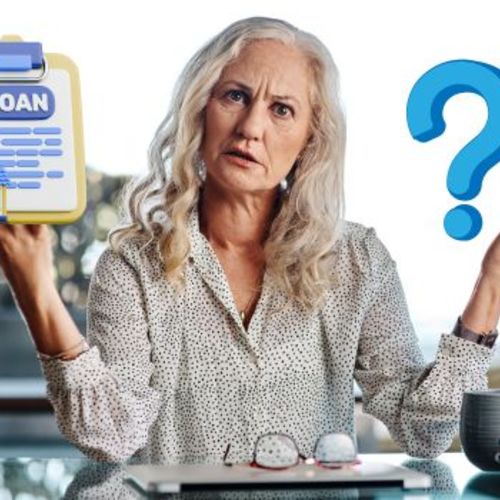Selling a home without a real estate agent is called For Sale By Owner, or FSBO. In Nevada, it is legal to do this, but you handle all the work yourself. This includes setting the price, marketing the property, and managing the closing. This guide shares facts based on Nevada rules to help you see what is needed. Keep in mind, this is not legal, tax, or financial advice. For those areas, talk to a qualified expert like a lawyer or accountant.
The real estate market in Northern Nevada varies by area. Cities like Reno and Sparks have busy buying and selling activity. The same goes for Carson City or Fernley. Knowing state rules is important no matter where your house is located. We will go over the key steps, disclosures you must make, and some common challenges.
What FSBO Means in Nevada
FSBO lets you sell your property without a Realtor or real estate agent. You can do this in Nevada, but you must follow state laws. This means doing the marketing, paperwork, and negotiations on your own. Sellers often pick FSBO to skip paying agent commissions.
The 2024 National Association of Realtors (NAR) settlement changed some rules about commissions. It brings more openness to how fees are handled. For FSBO sellers, it means you can talk directly about any buyer agent fees if a buyer has an agent. The settlement does not stop you from selling on your own, but it affects how deals are discussed.
Key Steps for Selling Your Home By Owner
Here are the main steps to sell a house yourself in Nevada. Pay close attention to each one to stay on track.
1. Get Your Home Ready to Sell
Begin by cleaning and repairing your home. In Northern Nevada, weather can cause issues like roof damage or leaks, so check those. You might get a home inspection to find problems early. It is not required, but it helps you plan fixes.
Stage your home ready to look appealing in photos and during visits. In spots like Dayton or Fallon, buyers want homes that are in good shape.
2. Set a Fair Price
Pricing right is crucial. Check recent sales of similar homes in your area, called comps. In Reno's market, prices differ by neighborhood. This is true for Sparks or Minden too.
Use online tools for estimates, but they may not be perfect. Look at local trends in Northern Nevada. Homes in Gardnerville might price differently than in Moundhouse. If the price is too high, buyers may skip it. Too low, and you might not get full value.
3. Advertise Your Property
To attract buyers, list on FSBO sites like Zillow, Houzeo, or ForSaleByOwner.com. These allow photos and details, often for free or low cost.
Share on social media and local groups in Northern Nevada. Use a yard sign. You could place ads in papers or online. Point out unique features, like mountain views in Virginia City or roomy lots in Silver Springs.
In areas like Sun Valley or Stagecoach, online listings reach more buyers than just local talk. Take clear photos and write a good description of your house.
4. Manage Showings and Offers
When buyers reach out, schedule showings. Stay safe by having someone with you or meeting first in public. Answer questions truthfully during visits.
Review offers carefully. They include the price, closing date, and conditions. Negotiate as needed. In Nevada, use a standard purchase agreement. Put all terms in writing.
Buyers may have their own agent. With the NAR settlement, be clear about any fee discussions from the start.
5. Complete the Closing
Closing transfers ownership. In Nevada, a title company handles this. They check the title and prepare papers.
You sign the deed to pass the property. The buyer pays, and you receive funds after costs. Sellers often pay transfer taxes and part of title fees in Nevada.
Expect 30 to 60 days from offer to closing. Have documents ready, including the deed and disclosures.
Disclosures You Must Make in Nevada
Nevada requires sellers to share known property issues. Use the Seller's Real Property Disclosure Form (SRPD). This form lists defects that could affect the home's value or use.
It covers things like roof, plumbing, or electrical problems. Also include past floods or pests. You do not need to fix issues, but you must inform the buyer.
Give the form to the buyer before closing. Nevada does not require disclosing unknown problems. Be truthful to prevent future issues.
Other disclosures may include lead-based paint for homes built before 1978 or HOA details if they apply. In historic areas like Genoa or Silver City, note any special rules.
Common Challenges with FSBO
FSBO can save on fees, but it has downsides. Here are some in Nevada:
- It requires much time for marketing, showings, and documents.
- Wrong pricing might lead to lower sales. NAR data from 2024 shows FSBO homes sold for a median of $380,000, compared to $435,000 for agent-assisted sales, about 13% less.
- Risks if disclosures or contracts are missed.
- Less visibility without full MLS access, which agents use.
- Negotiating can be hard without experience.
- In Northern Nevada markets like Verdi or Fernley, listed homes may compete better.
Some sellers start FSBO but later seek help if it gets tough.
Thinking About Getting Help
If FSBO feels too much, a skilled real estate team can simplify things. They know pricing, marketing, and deals from local experience.
Northern Nevada's market differs by location. A team that knows Reno, Sparks, Carson City, Dayton, Fernley, Fallon, Minden, Genoa, Gardnerville, Moundhouse, Sun Valley, Silver Springs, Stagecoach, Silver City, Virginia City, and Verdi can offer tailored insights.
Craig Team Realty at eXp has helped many sellers. Cassie Craig leads the team, focusing on client needs and following Nevada rules, including the NAR Code of Ethics.
They assist with sales while meeting laws like the Fair Housing Act and RESPA. For tax or legal questions, they suggest talking to specialists.
If you are ready to sell your home in Northern Nevada and need support, contact Craig Team Realty at eXp. Give us a call at (775) 306-7591 to talk about your options.




